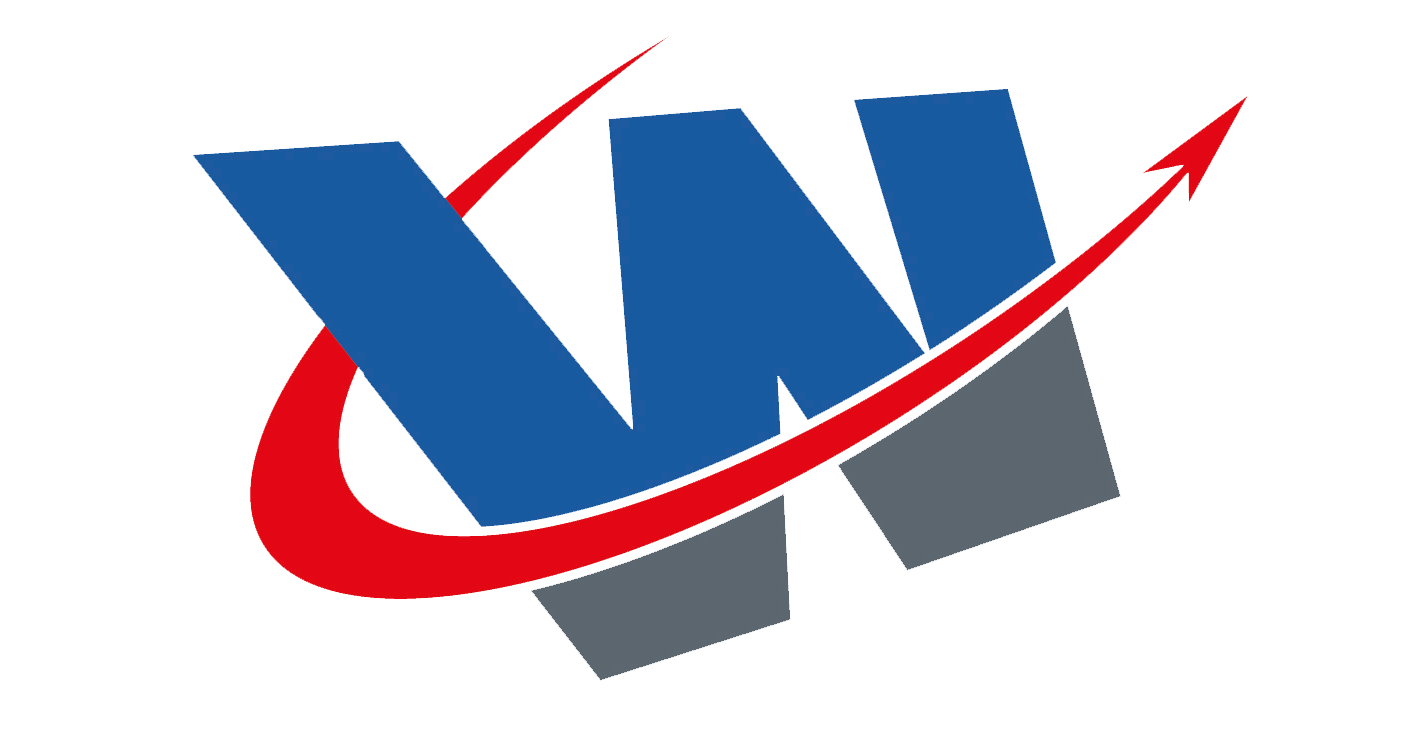Title Page
-
Conducted on
-
Prepared by
-
Location
Muscular Problems
-
TOOL BOX TALK
Muscular Problems
Introduction
• Muscular Problems are usually caused by manual handling
• Manual handling means dealing with materials or equipment using your body’s strength such as lifting, lowering, pushing, pulling, carrying, moving, holding, putting down…
What is manual handling?
Examples of manual handling include: pulling a lever, carrying a ladder or operating a hand or power tool.
Why worry…?
• You could end up with: short-term damage such as sprains and strains of the muscles and/ or long-term damage such as loss of mobility and severe pain.
• Injuries often occur due to constant use, resulting in wear and tear on the body
• The most common areas of the body to be affected are the: back, knees, neck and shoulders.
• You may feel pain, aching, and discomfort.
• Injuries can stop you from being able to work and from living a normal life outside work
Risky business
• You are at risk of injury when your task involves: repetitive and/or heavy lifting, bending and twisting of the body, frequent repetition of an action, an uncomfortable working position, exerting too much force, working too long without breaks or working in a cold environment.
• You are more at risk of injury when: it’s a cold day as your body is more prone to injury when your muscles etc. are cold, you are starting a new job (e.g. you’re a new start) or you have been away from work for 2 weeks or more
• You are also at risk when: you are working under pressure, e.g. high job demands time pressures and demands and lack of control or you do not report symptoms immediately.
What are the warning signs?
• Pain, tingling or numbness, burning sensation, shooting or stabbing pains, stiffness, swelling or inflammation
What can you do to help?
• Do avoid the need for manual handling, where possible. Use any manual handling equipment that is required for the job e.g. hoists, pallet trucks, mechanical lifting aids etc.
• Do make sure your body is warm before you lift anything (this reduces your risk of injury), take a moment to plan for your lift, get help if you think you might need it, and clear your path.
• Do use good manual handling techniques: when lifting from a low level, bend your knees, not your back, keep your back straight when lifting, get a firm grip on the load, keep the load close to your body, when turning move your feet do not twist your body, only carry a load for short distances
• Do split the load into smaller/lighter loads wherever possible. Follow advice that is provided to make the job safer, take regular breaks, or rotate tasks, if the work is repetitive. Report any symptoms immediately. Let your line manager know any difficulties or discomfort you may be experiencing.
• Do not twist or stoop the body, do not hold the load away from the body, do not hold the load away from the body, do not carry loads over a long distance, do not move up and down different levels carrying loads
• Do not carry loads that make you off balance, do not move a heavy or awkward load, and do not carry loads when you can’t see where you’re going.
Remember: Preventing pain is easier than treating it.
Questions/ notes
1. When are you more at risk of an injury?
2. What can you do to reduce the risk of an injury? -
1. When are you more at risk of an injury?
-
2. What can you do to reduce the risk of an injury?
Name
-
Sign















